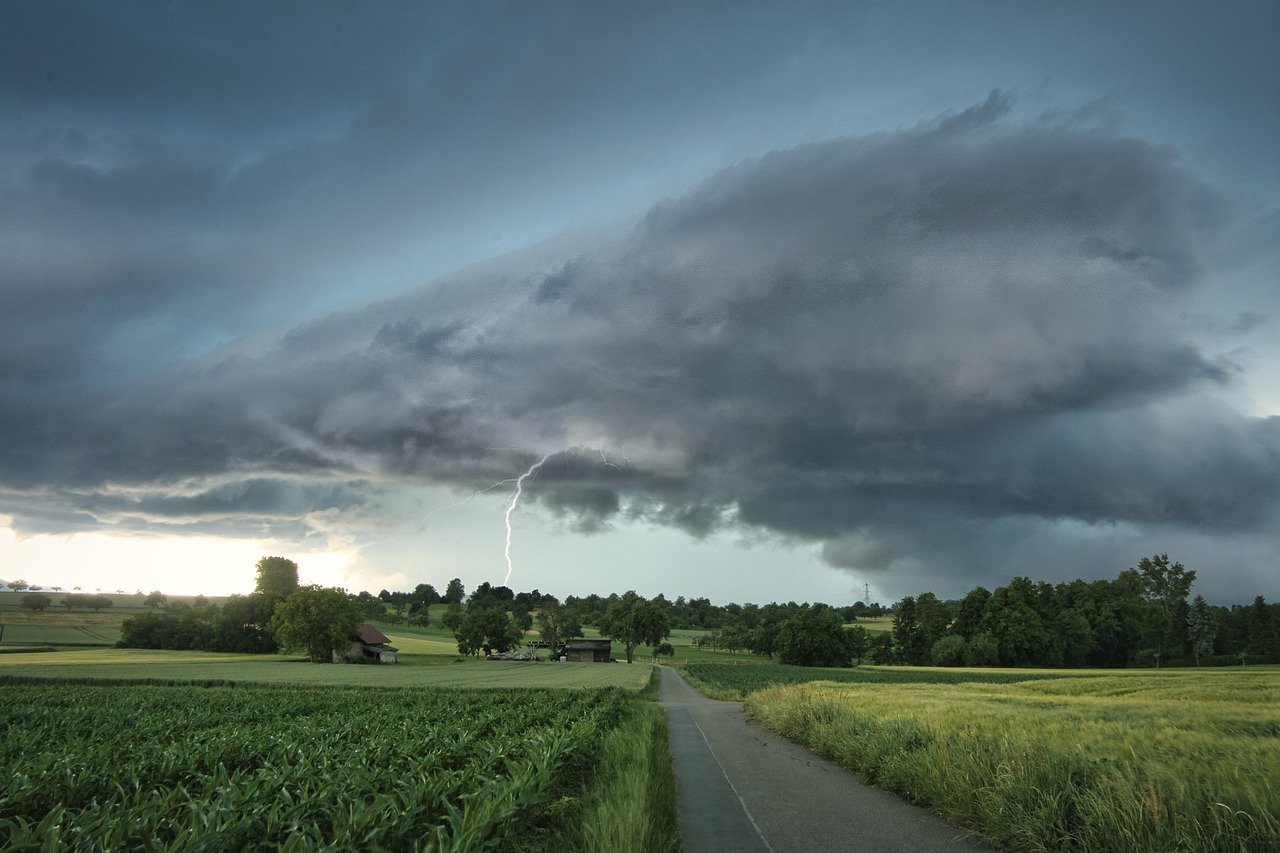Insight Into the Quintessential Goan Village
By sanjit Posted 21-12-2021 Architecture
Goa is a pristine little state, lined with pretty golden beaches on the west, and the magnificent Sahyadris in the east. To most tourists, it offers an escape, a quick getaway. However, if you’re looking to buy a holiday home in Goa, it’s essential to know what life in Goa is like. As a local, there is so much more to it.
Almost the entire state consists of villages. Mapusa, Margao and Porvorim can be classified as towns, and Panjim is as close as Goa gets to having a city. But the quintessential Goan village is a story in itself; you’ll find neat little roads that cut through paddy fields, lined with coconut palms and rustic Goan homes, the smell of fresh fish, the many colours of vegetables sourced straight from the fields and everything else in between. For those seeking to experience something out of the box, try sinking into the rhythm of the Goan village life and let it teach you what susegado really means.
The village community
It’s no news that Goa in itself is a pretty small state. It’s easy to find friends-in-common, wherever you go. The Goan village community is even more well-knit. The balcão, found in the old Goan homes, offers a very interesting testimony to this. These porch-like structures provided seating to the family members. Funnily enough, it was a place from where they could “keep an eye” on those passing the house. Even today, it’s a common sight to see people stop by a Goan house and start chatting up passers-by they may or may not know. To this day, sitting in the balcao with a cup of tea is a favourite way to spend a Goan evening. What’s more, having a community like this means you always have someone to fall back on, no matter the circumstances.
Organic local produce
Every morning, before the break of dawn, the fishermen (or kharvis as they are known in Konkani), head out to the sea to bring in the day’s catch. At sunrise, the fish markets are generally flooded by locals so that they can get their hands on the choicest of produce. Furthermore, if you start driving down the village roads, you’re bound to find farmers setting up makeshift shops to sell their produce. You can get your hands on some exquisite seasonal fruits (cashew apples, jackfruits, wild berries in the summer, chikoos, hog plums in the winters) and vegetables that are just fresh out of the fields. You should also keep an eye out for the Moira Bananas (that have their own GI tag!), the ladyfingers from St Estevam and Parra’s super sweet watermelons. In a world that’s stuck with frozen seafood and packaged organic produce, finding a corner that gives it to you fresh is simply divine. In that sense, Goa offers the best of nature, without you having to go look for it.
A diversity of rich cultures and traditions
As outsiders, most tourists get insight into only a handful of Goan festivals. However, a lot of Goan villages have their own unique celebrations and some fascinating legends to go with. For instance, the bucolic village of Cansaulim in South Goa hosts an annual feast of Three Kings on January 6th. It honours the Three Kings’ journey to meet baby Jesus and celebrates it through a reenactment of the event. Apart from that, Shigmo, a spring harvest festival, sees celebrations all across Goa with events, ranging from firewalking to float parades and so on. Sao Joao, a monsoon festival, is also celebrated across the state, but the one in Siolim, is the most unique of them all. To be a part of these fetes is to find yourself being woven into some unique and special stories in history.
A rich heritage and intricate architecture
Goa’s heritage is a confluence of cultures, endowed with an elaborate cuisine, rich, intricate architecture and diverse traditions. A part of Goa's narrative sits in its homes - in the balcaos, salas, rajangans, oyster-shell windows and whatnot. Some of these homes are so grand and ornate, it would take you days to really explore them entirely. As a resident of Goa, you’re bound to come across these houses in almost every village. Margao, Aldona, Assagao, Cansaulim, Benaulim, Saligao are some locations known for their rustic charm and aesthetic Goan houses.
The Goan lifestyle
The best bit about Goa has always been its work-life balance. Most local businesses will have fixed work hours and plenty of scheduled nap times. The afternoon siesta is an inseparable part of the Goan lifestyle. The idea is to know when to rest and to not let work get into your way of doing things that really matter. It’s less about chasing money and more about finding contentment and satisfaction.
Owning a second home in Goa is not just about indulging in all the recreational activities and hitting up chic bars and voguish restaurants. It’s about the little things that make this land more than what it seems to be. It might be a difficult transition from the urban lifestyle to this rural one, but it’s one that’s worth it.
We hope this blog post gives you a good sense of what living in Goan village is like. Read more about why a vacation home in Goa is a great investment deal.
This site uses Akismet to reduce spam. Learn how your comment data is processed.


